Nowhere near Nyquist
/This is a guest post by my Undersampled Radio co-host, Graham Ganssle.
You can find Gram on the web — LinkedIn — Twitter — GitHub
This post is a follow up to Tuesday's post about the podcast — you might want to read that first.
Undersampled Radio was born out of a dual interest in podcasting. Matt and I both wanted to give it a shot, but we didn’t know what to talk about. We still don’t. My philosophy on UR is that it’s forumesque; we have a channel on the Software Underground where we solicit ideas, draft guests, and brainstorm about what should be on the show. We take semi-formed thoughts and give them a good think with a guest who knows more than us. Live and uncensored.
Since with words I... have not.. a way... the live nature of the show gives it a silly, laid back attitude. We attempt to bring our guests out of interview mode by asking about their intellectual curiosities in addition to their professional interests. Though the podcast releases are lightly edited, the YouTube live-stream recordings are completely raw. For a good laugh at our expense you should certainly watch one or two.
Techie deets
Have a look at the command center. It’s where all the UR magic (okay, digital trickery) happens in pre- and post-production.
It's a mess but it works!
We’ve migrated away from the traditional hardware combination used by most podcasters. Rather than use the optimum mic/mixer/spaghetti-of-cables preferred by podcasting operations which actually generate revenue, we’ve opted to use less hardware and do a bit of digital conditioning on the back end. We conduct our interviews via YouTube live (aka Google Hangouts on Air) then on my Ubuntu machine I record the audio through stereo mix using PulseAudio and do the filtering and editing in Audacity.
Though we usually interview guests via Google Hangouts, we have had one interviewee in my office for an in-person chat. It was an incredible episode that was filled with the type of nonlinear thinking which can only be accomplished face to face. I mention this because I’m currently soliciting another New Orleans recording session (message me if you’re interested). You buy the plane ticket to come record in the studio. I buy the beer we’ll drink while recording.
as Matt guessed there actually are paddle boats rolling by while I record. Here’s the view from my recording studio; note the paddle boat on the left.
Forward projections
We have several ideas about what to do next. One is a live competition of some sort, where Matt and I compete while a guest(s) judge our performance. We’re also keen to do a group chat session, in which all the members of the Software Underground will be invited to a raucous, unscripted chat about whatever’s on their minds. Unfortunately we dropped the ball on a live interview session at the SEG conference this year, but we’d still like to get together in some sciencey venue and grab randos walking by for lightning interviews.
In accord with the remainder of our professional lives, Matt and I both conduct the show in a manner which keeps us off balance. I have more fun, and learn more information more quickly, by operating in a space outside of my realm of knowledge. Ergo, we are open to your suggestions and your participation in Undersampled Radio. Come join us!





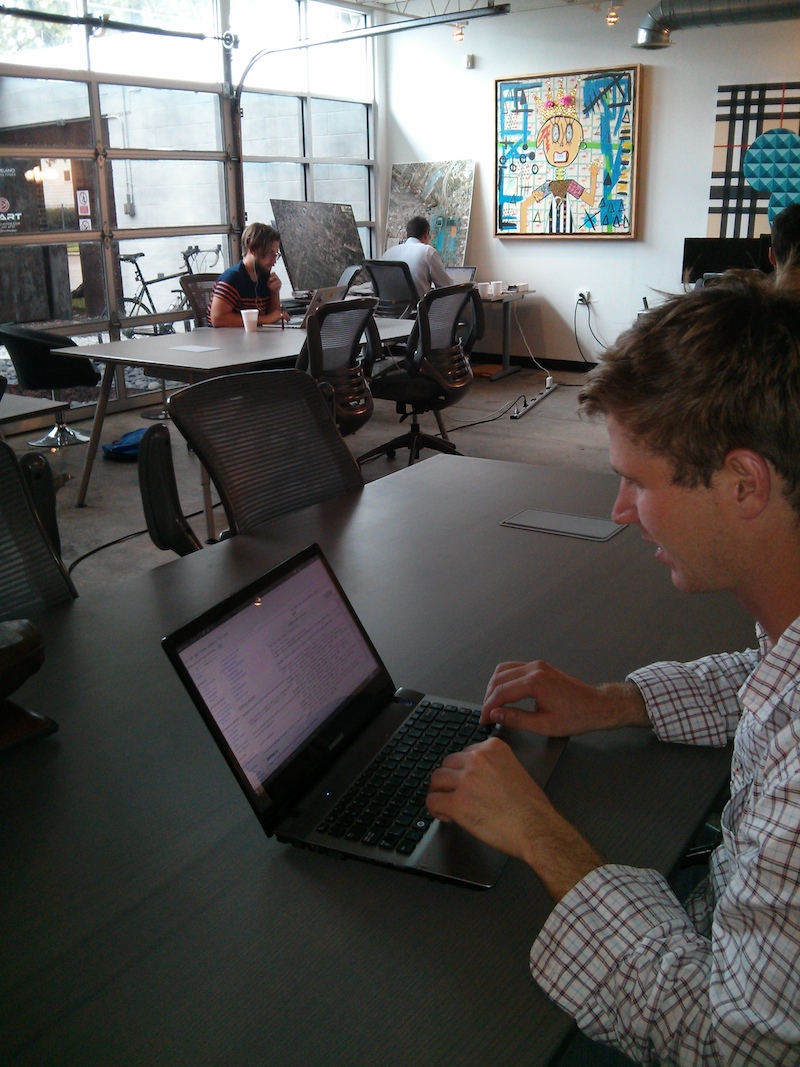
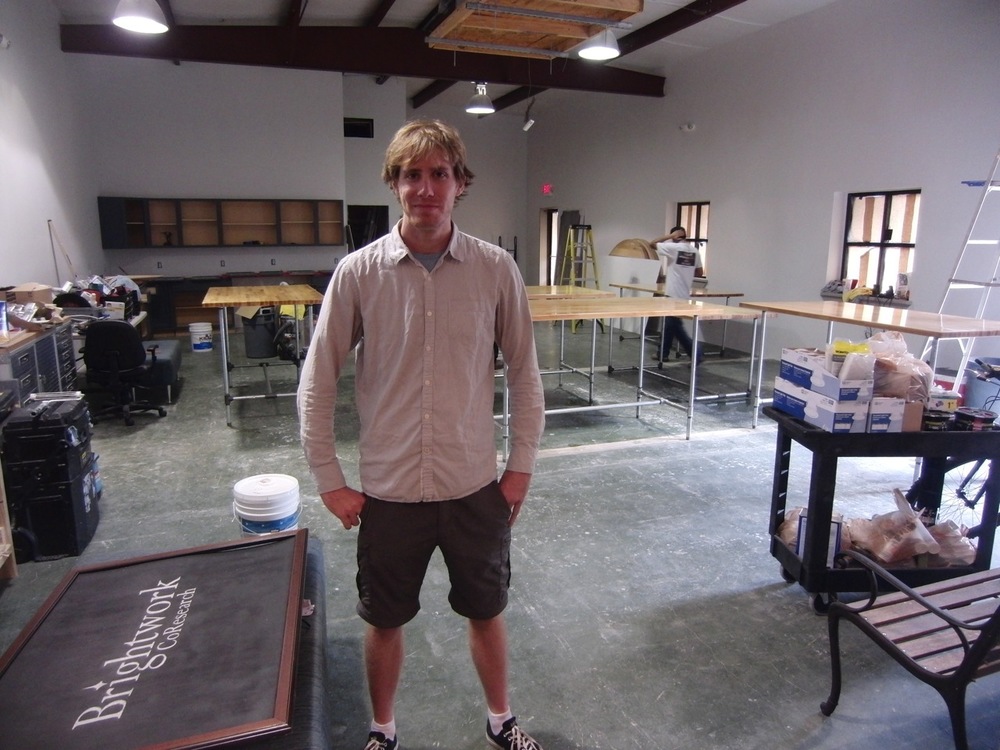

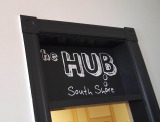
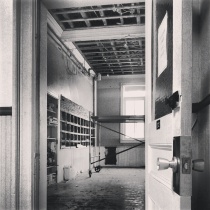
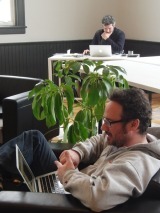
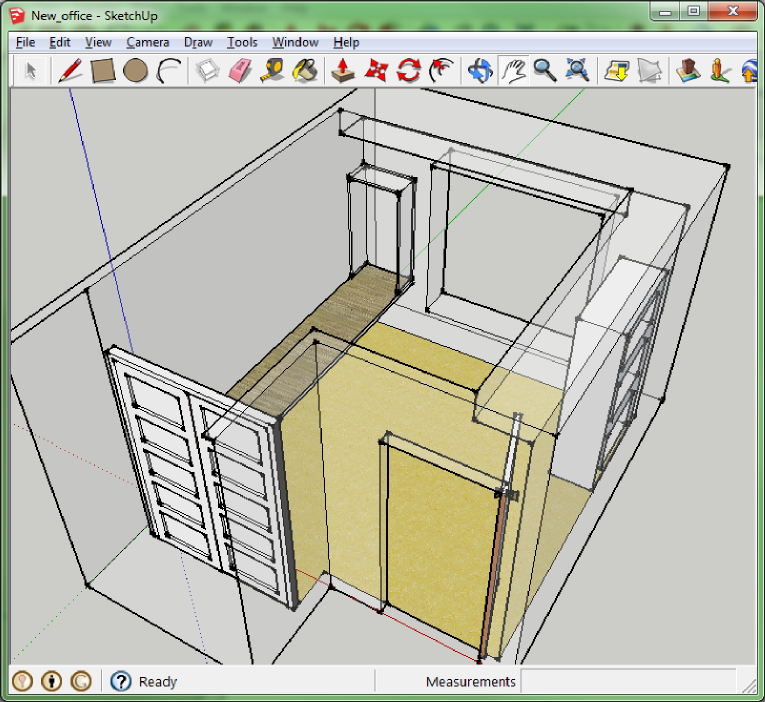
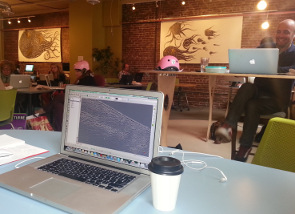







 Except where noted, this content is licensed
Except where noted, this content is licensed